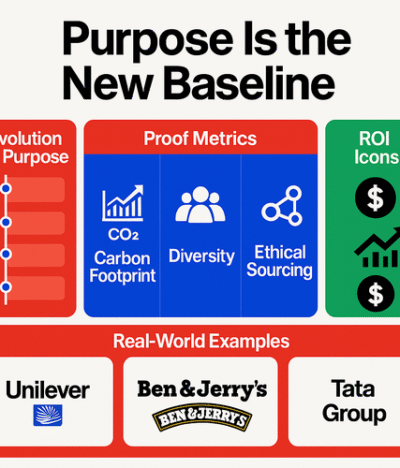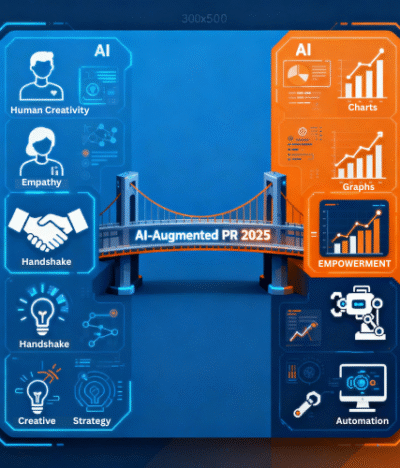The Global Challenge — Scaling Without Losing Identity
As brands grow beyond borders, they face a paradox — how to maintain a consistent global identity while resonating with diverse local audiences. This is where localization and personalization step in.
Localization ensures that marketing materials, campaigns, and messaging adapt to regional languages, symbols, and values. Personalization, on the other hand, tailors experiences to individual consumer behavior, preferences, and intent.
When done together, they create a brand presence that feels both global and intimate — a voice that speaks the customer’s language, literally and emotionally.
Why Localization and Personalization Matter for Global Brands
- The Cultural Connection: Today’s consumers expect relevance. According to studies, over 75% of consumers are more likely to purchase from brands that communicate in their language and context. Localization and personalization are not optional — they’re a business imperative.
- The Emotional Edge: Localization builds trust by showing respect for local culture. Personalization builds loyalty by showing understanding of individual needs. Together, they help brands form genuine emotional connections that drive repeat engagement and advocacy.
The AI Advantage in Localization and Personalization
Artificial intelligence has revolutionized how marketers achieve scale without sacrificing nuance. AI-driven tools can now analyze local sentiment, automate translations, predict consumer preferences, and generate personalized content in real time.
- Predictive Personalization: AI analyzes customer data — from browsing behavior to purchase patterns — to deliver hyper-personalized recommendations and experiences. For example, Spotify’s “Discover Weekly” playlist uses localization and personalization algorithms to blend global hits with local flavor.
- Adaptive Localization: Modern AI models, powered by natural language processing (NLP), detect regional idioms, cultural references, and tone variations. They don’t just translate — they transform content to fit the audience’s mindset.
Crafting a Global Framework with a Local Pulse
To effectively blend localization and personalization, brands need a structured yet flexible approach.
1. Start with Core Brand DNA
Your global message must have an unshakable foundation — your mission, vision, and tone. This ensures that localized content remains on-brand, even when adapted for different cultures.
2. Segment Beyond Demographics
Don’t just target based on geography or age. Use psychographics and behavioral data to personalize communication at a micro level. What drives motivation in one market might differ in another.
3. Partner with Local Voices
Local influencers, creators, and agencies can bridge cultural nuances AI might miss. They help inject authenticity and cultural sensitivity into your campaigns.
4. Measure Local Impact, Not Just Global Reach
Define KPIs that reflect local success — engagement rates, sentiment analysis, and conversion metrics by region. These insights feed back into your global strategy, creating a data loop for continuous improvement.
Real-World Example — How Netflix Wins Globally with Local Soul
Netflix’s success is a masterclass in localization and personalization. The platform tailors content recommendations not just by viewing history but by region and language.
From Korean dramas gaining global traction to Indian originals like Sacred Games, Netflix invests in local storytelling while using AI to personalize discovery. This balance of global accessibility and local authenticity is what keeps its audience emotionally connected worldwide.
The Future — Hyperlocal and Hyperpersonal
In the next wave of marketing, the focus will move from personalization to hyper-personalization, where real-time data, AI, and predictive insights merge to craft messages that feel handcrafted for every user.
Similarly, hyperlocalization will help brands adapt not just by country but by community — aligning products, prices, and narratives to local lifestyles.
The winning formula? A global framework powered by AI and fueled by human empathy.
Key Takeaways
- Localization adapts brand communication for cultural and linguistic relevance.
- Personalization tailors experiences to individual preferences and behavior.
- Together, they form the cornerstone of authentic global engagement.
- AI enables real-time, data-driven localization and personalization at scale.
- Brands that master this balance earn not just visibility but loyalty across borders.
Final Thoughts: Making Every Market Feel Seen
In the race for global reach, brands must remember that audiences don’t just buy products — they buy connection. The future belongs to those who can scale intelligently while preserving the essence of local identity.
With the right mix of technology, creativity, and cultural awareness, localization and personalization are not opposites — they’re allies in building brands with a truly global heart.



